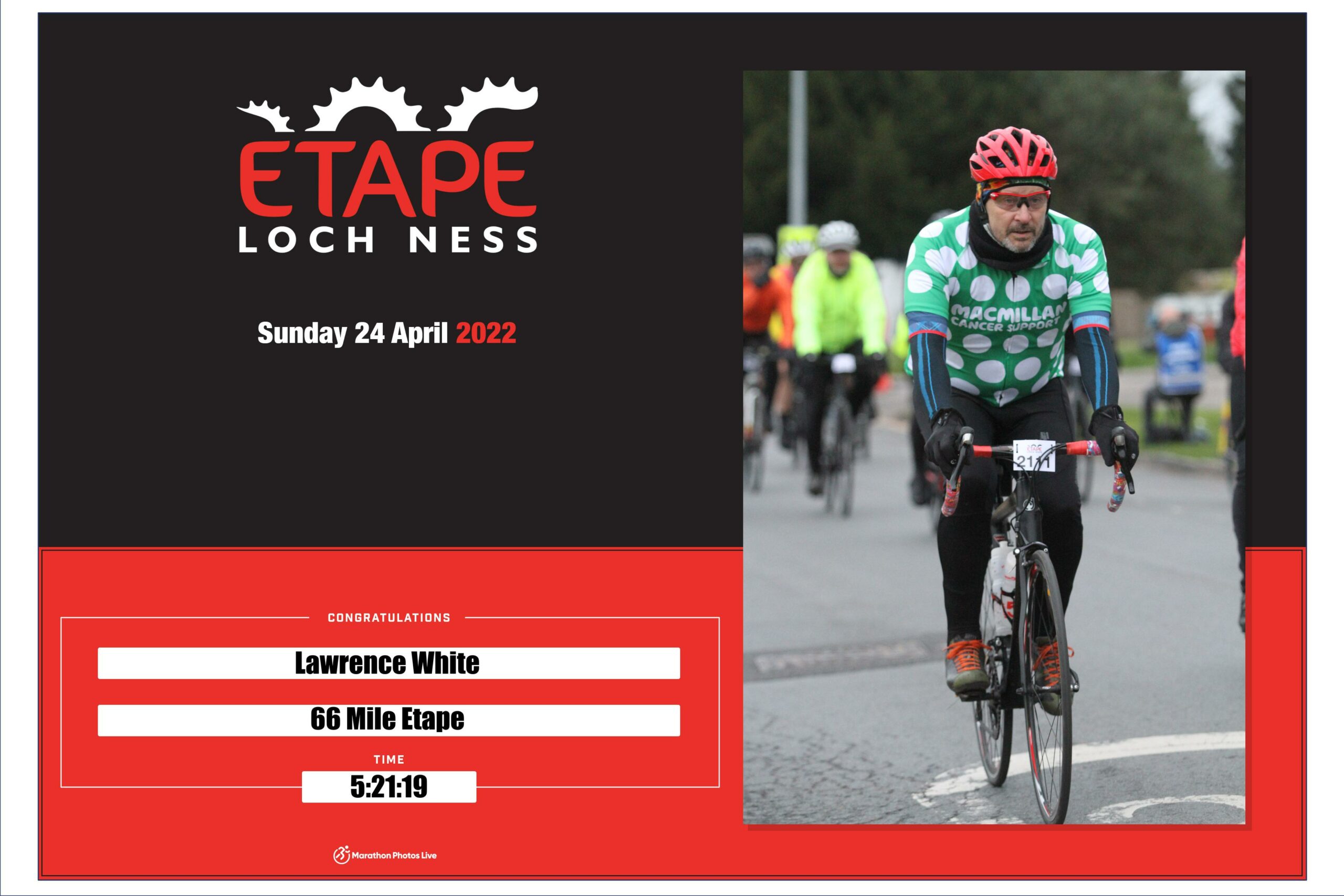A massive well done to our Head of Learning – Lawrence White – who has successfully completed the grueling Etape Loch Ness. What’s more, he’s raised an amazing £1700 for Macmillan Cancer Support.
Recent Posts
Archives
- February 2025
- August 2024
- November 2023
- October 2023
- August 2023
- July 2023
- June 2023
- May 2023
- April 2023
- February 2023
- January 2023
- May 2022
- February 2022
- January 2022
- July 2021
- June 2021
- March 2021
- October 2020
- September 2020
- September 2019
- April 2019
- July 2018
- June 2018
- May 2018
- April 2018
- September 2017
- April 2017
Contact Us
Contact Us
Tel: 020 7234 0480Email: info@phoenix-training.co.uk
Address:
224 Friern Road,
London,
SE22 0BB

